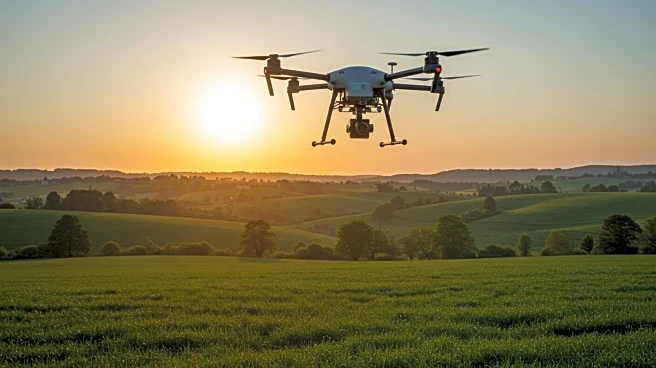Rapid Read • 8 min read
A new method for automated weed and crop recognition has been developed using deep transfer learning with an optimization algorithm. The AWRC-DLMLO method aims to effectively identify and classify weeds and crops through advanced image processing techniques. This method incorporates ShuffleNetV2 for feature extraction, RA-UNet for segmentation, and a CQN-based classification process. The approach involves image preprocessing to reduce noise and improve feature clarity, followed by segmentation using a soft-attention mechanism to enhance the accuracy of the classification. The system also utilizes a lemur-inspired optimization algorithm to fine-tune the deep learning model, improving its performance in recognizing and classifying agricultural elements.
AD
The development of the AWRC-DLMLO method is significant for the agricultural industry, as it offers a more efficient and accurate way to manage crop and weed identification. This technology can potentially reduce labor costs and increase productivity by automating the process of distinguishing between crops and weeds. The use of deep learning and optimization algorithms enhances the precision of agricultural management, which is crucial for maximizing yield and minimizing resource wastage. As the agricultural sector faces challenges such as labor shortages and the need for sustainable practices, this innovation could play a pivotal role in addressing these issues.
The next steps for the AWRC-DLMLO method involve further testing and refinement to ensure its reliability and effectiveness in various agricultural settings. Researchers may focus on expanding the model's capabilities to include more crop types and environmental conditions. Additionally, collaboration with agricultural technology companies could facilitate the integration of this model into existing farm management systems. Stakeholders in the agricultural industry, including farmers and agribusinesses, are likely to monitor the progress of this technology closely, considering its potential to revolutionize crop management practices.
Beyond its immediate applications, the AWRC-DLMLO method could influence broader trends in agricultural technology, such as the adoption of AI-driven solutions for precision farming. Ethical considerations regarding the use of AI in agriculture, including data privacy and the impact on traditional farming jobs, may arise as this technology becomes more widespread. Long-term, the method could contribute to global food security by optimizing crop production processes and reducing the environmental impact of farming.
AD
More Stories You Might Enjoy










